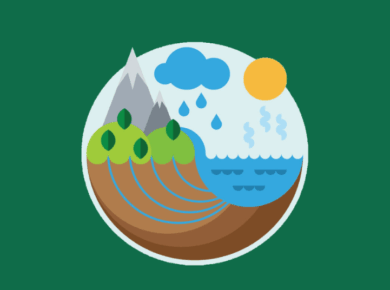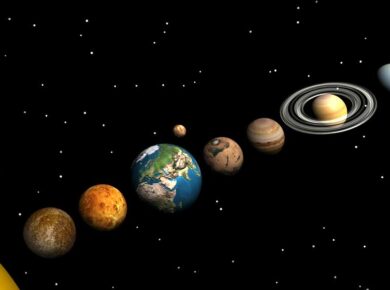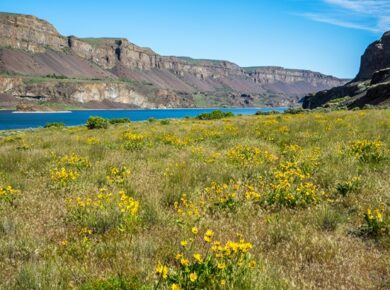Formation of Continents – Continental Drift Theory & Plate Tectonics
Wagner’s Continental Drift Theory
- Proposed by Alfred Wegner in 1912
- Also known as Jigsaw Fit Theory
- 1st to propound movement of continents
- Made following main observations viz.
- Matching Coastlines of continents across water bodies – The Africa and South America continents are almost a perfect fit at 1000 fathom line
- Similarity of Age of the rocks across different continents on the edges of jigsaw fit as mentioned above
- Similar Fossil evidences of organisms (plants & animals) across jigsaw fit borderlines
- Palaeo-climatic evidences Glacial evidenced in Tropical lands
- Ghana have rich placer deposits of gold in spite of having no source rock there but in Brazil
- According to Wegner all continents used to form a single land mass known as PANGAEA and there was a mega ocean called as PANTHALASSA.
- However, around 200 million years ago Pangaea began to split into two large land masses called as Laurasia and Gondwanaland which subsequently broke into many smaller continents
- Some part of Pangea moved westward & some part equatorward
- Sediments deposit in Tethis sea suffered folding, resulted in formation of Himalaya & Alps
- Westward drift resulted in wrinkling edges of America & Rockies and Andes were formed
Though most point of Wegner’s theory was rejected but its central theme of horizontal displacement was retained. Some evidence from the Continental Drift theory became the base for modern theories like Plate Tectonics theory.
Plate Tectonics
- Latest & accepted theory
- Crust and upper Brittle part of mantle > lithosphere
- Crust > Continental Crust (40-60 km) + Oceanic crust (1-2 km)
- Asthenosphere = Unique mechanical rigidity, semi-molten, plastic
- Lithosphere float over Asthenosphere
- Lithosphere is not continuous, broken, known as plates
Earth Plates
Major Earth Plates – 7
- Pacific Plate
- North American Plate
- Eurasian
- African Plate
- Antarctic Plate
- Australian Plate
- South American Plate
Plate Interactions
- Rigid lithospheric slabs (Continental (Light) & Oceanic (Heavy)) move independently in different directions over Asthenosphere
- Divergent Boundary
- Convergent Boundary
- Transverse Boundary
Subduction of plates
- High density plate will subduct
- High Velocity plate will subduct
- High mass & area plate will subduct
Divergent boundaries
- Plates moving away from each other.
- Phases > Rift valley formation > Nascent Sea Formation > Ocean formation
- Examples > The Great African rift valley + Red Sea – Nascent Sea
Convergent boundaries
- Formation of volcanic mountains + folded mountains
- Plates come closer & collide with each other.
- Andes, Rockies, Atlas Mountain (Africa)
Part of plate is melted & magma is formed
Magma rises to the surface forming volcanic mountains or alternatively Trench is formed
Cannot be forced under each other hence folded mountains are formed (Himalaya, Alps)
Transform Boundaries
- Two Adjacent plates slipping horizontally past one another along a transform fault
- No mountains but seismic activity > Characteristics of Earthquake
- No volcano + No Mountains but Earthquakes
- Example > San Andreas fault in California, USA
For more updates, explore the Geography . Feel free to share your thoughts and comments.
If you’re passionate about building a successful blogging website, check out this helpful guide at Coding Tag – How to Start a Successful Blog. It offers practical steps and expert tips to kickstart your blogging journey!















2 comments
thankyou very much to share the knowledge.
I need a permission to use ur 1st copyright image from this website to my book. How can I get a permission.